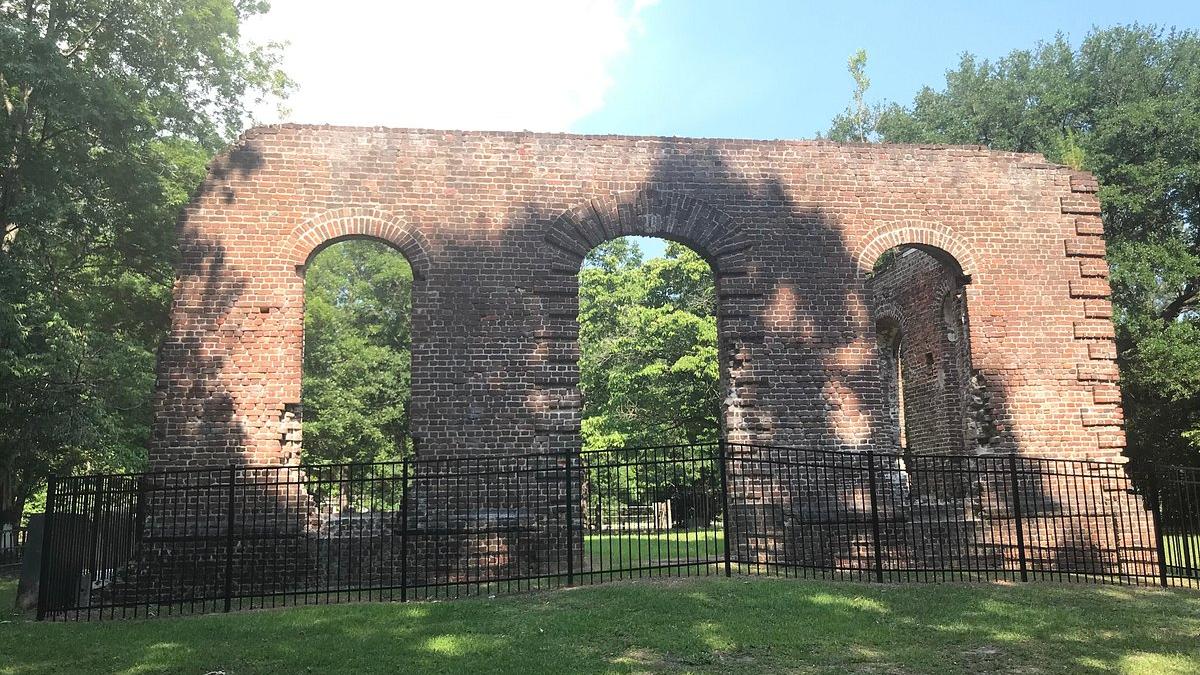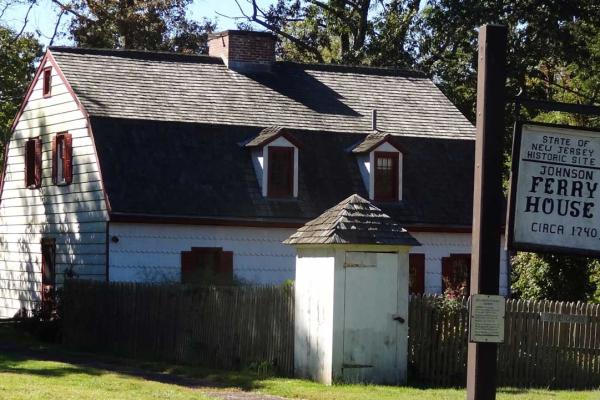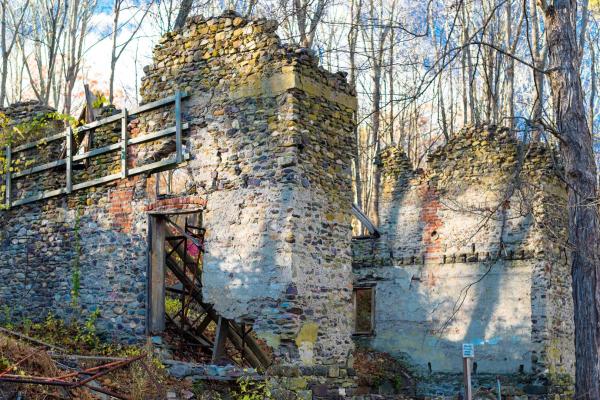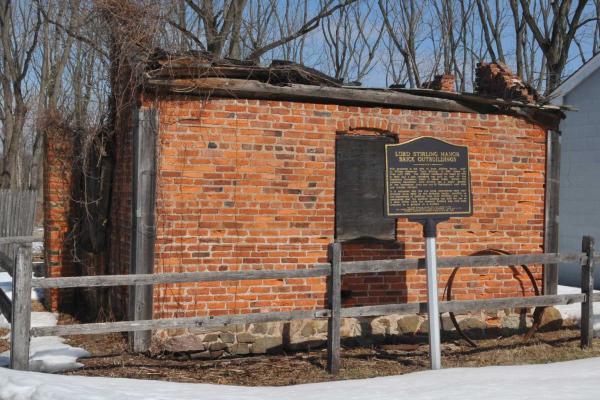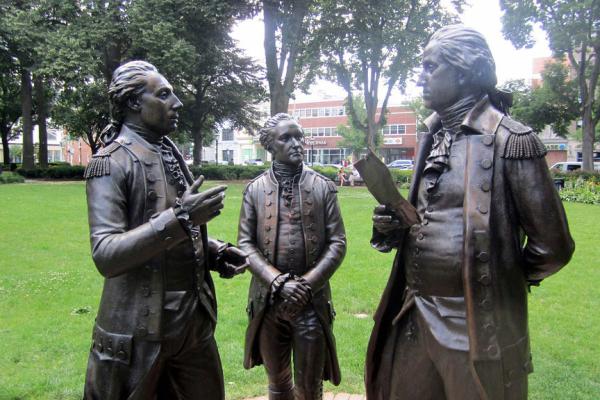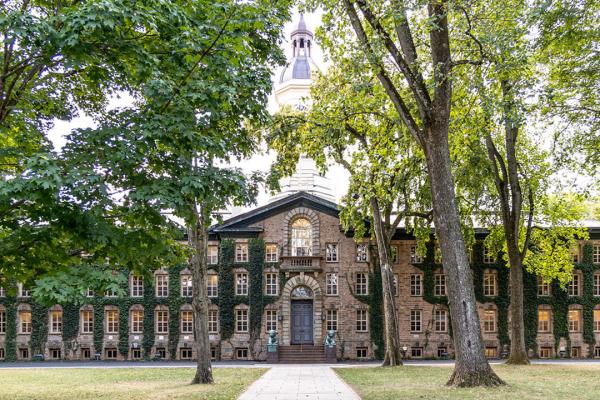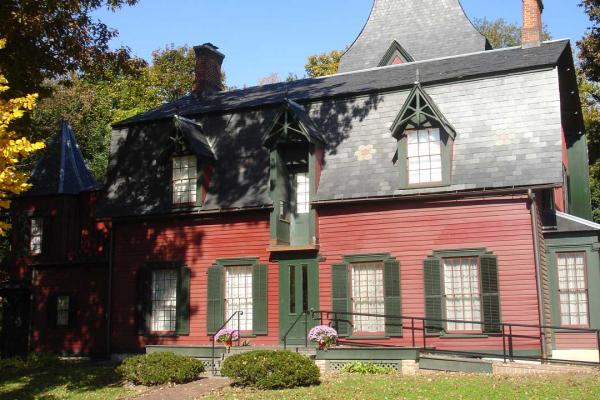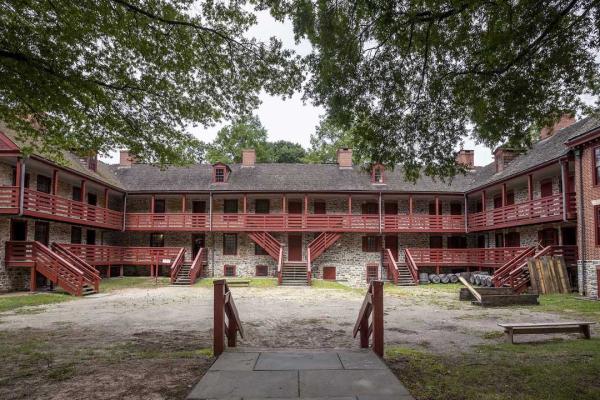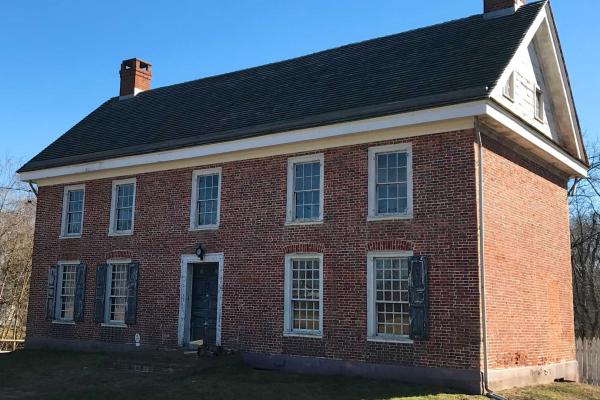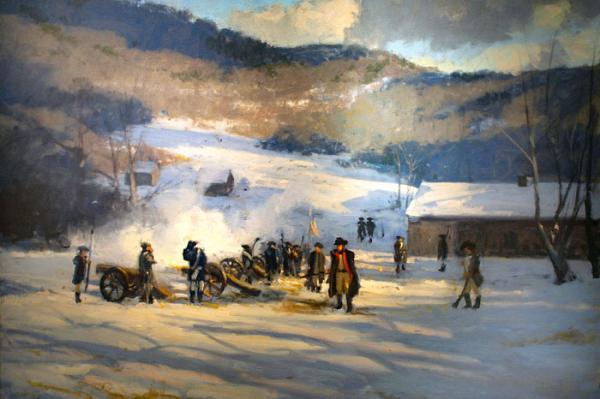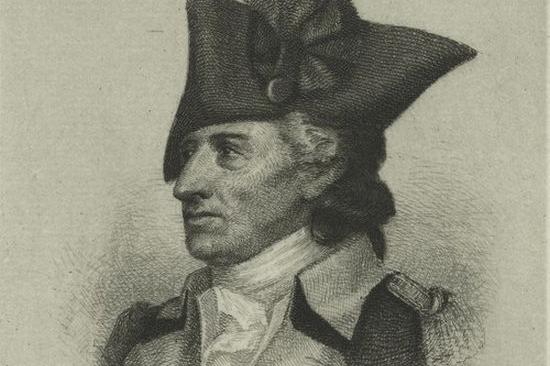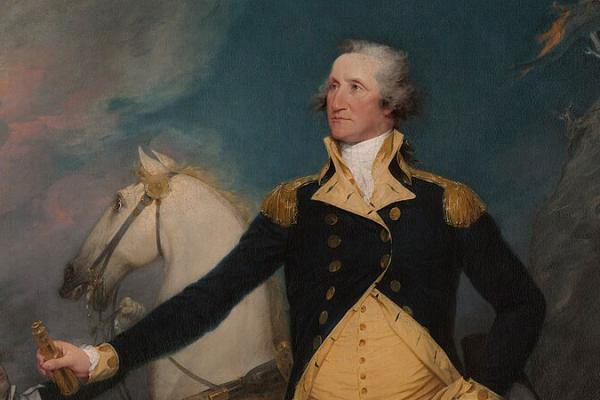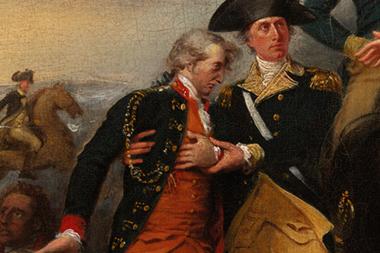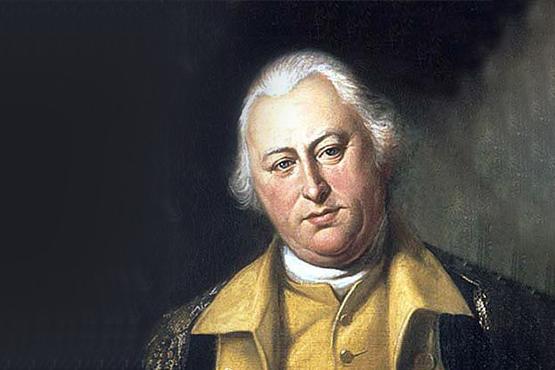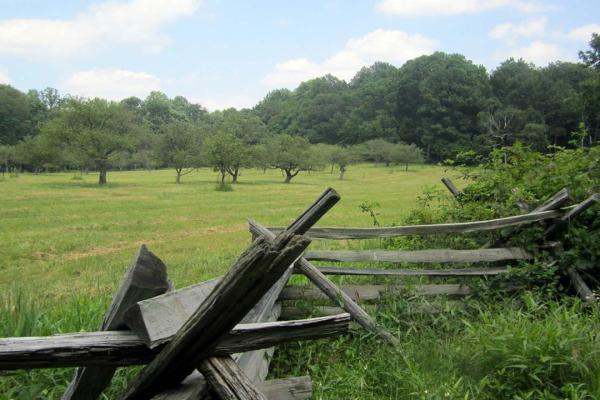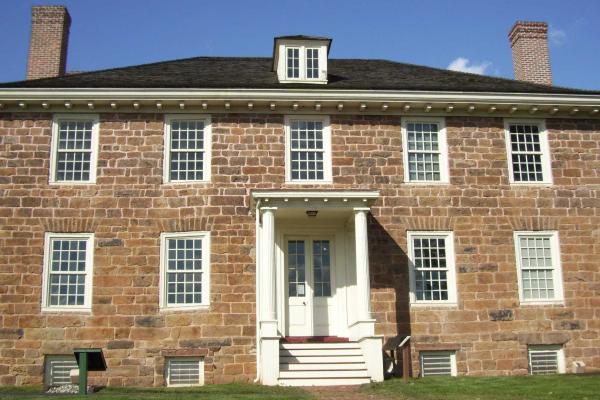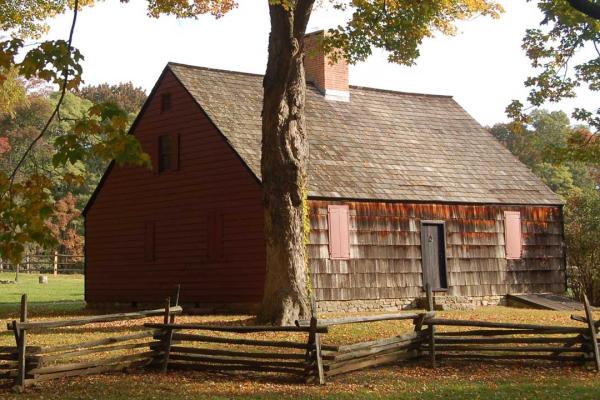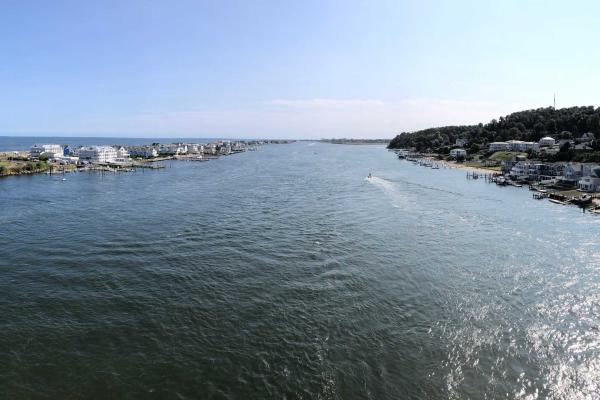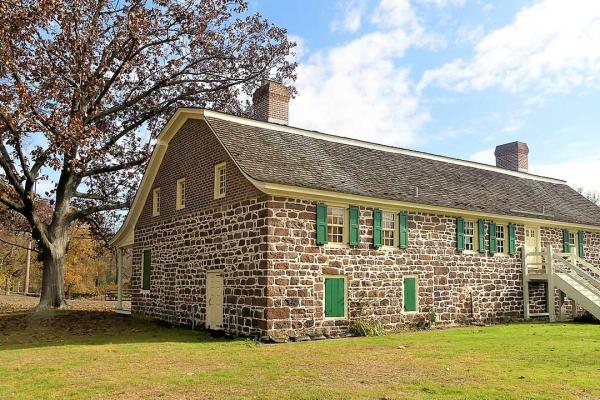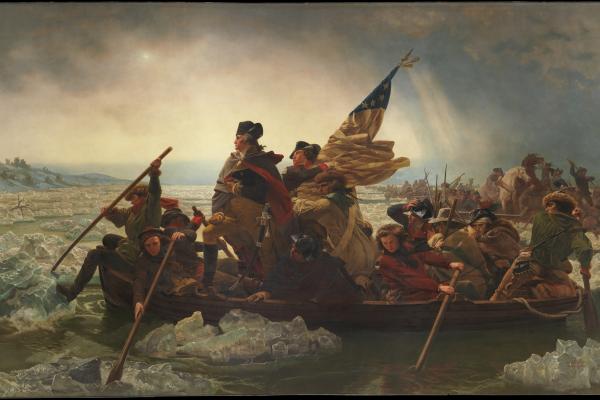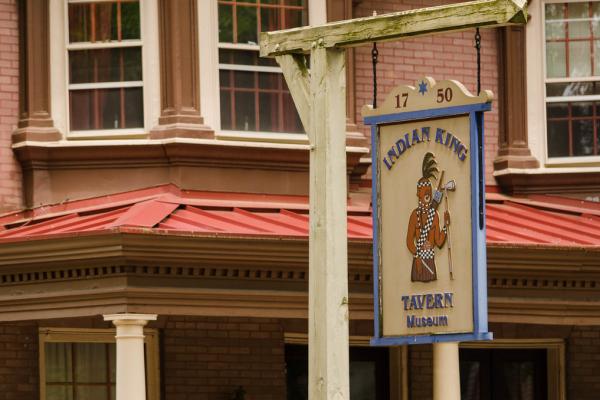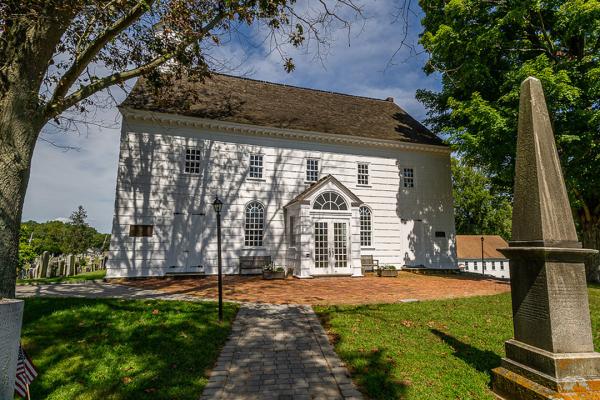Built in the 1740s, this building acted as a ferry house for those wishing to cross the Delaware, including the likes of George Washington and his men...
Owned and operated by German immigrants, this site once housed one of the largest ironworks in the colonies that supplied the Continental Army...
Once a sprawling manor complex in the New Jersey countryside belonging to Major General William Alexander, all that remains are two extant structures...
Now a quiet park in the center of urban Morristown, this green once served as the training and parade grounds of the Continental Army during its 1777...
Nassau Hall, once the largest stone building in the colonies, housed the College of New Jersey, now known as Princeton. During the Battle of Princeton...
Located in northern New Jersey, the Nathaniel Drake house offers a unique glimpse into life during the American Revolution. Once housing George...
The Old Barracks Museum is located in Trenton, New Jersey and stands as one of the last military structures dating back the French & Indian War and...
This parsonage was constructed in the 1750s and housed the reverend of the Dutch congregation in what is now modern-day Somerville.
Nestled in the sloping mountains of New Jersey, the birthplace of American military academies can be found. Initially a part of a winter encampment...
Liberty Trail History Makers
The Revolutionary War was a war unlike any other — one of ideas and ideals, that shaped “the course of human events. Explore the history and personalities from this pivotal time in American history.George Weedon, a Virginia officer in the French and Indian War and the American Revolution, played pivotal roles at Trenton and Yorktown. Known for his leadership and his tavern as a revolutionary meeting spot, he remained influential in post-war Virginia until his death in 1793.
George Washington’s leadership guided the American colonies through revolution and into nationhood. As a general and the first president, he played a crucial role in shaping the United States’ early foundations.
Johann Gottlieb Rall, a veteran German officer, commanded the Hessian garrison at Trenton despite concerns about its vulnerability. On December 26, 1776, Washington's surprise attack led to Rall’s mortal wounding and the capture of his troops.
When British forces besieged Charleston, Lincoln was forced to surrender over 5,000 men. Denied honors of war in surrender, Lincoln was paroled and returned to Washington’s army. After the Battle of Yorktown, Lincoln accepted the surrender from the British, allowing him to have revenge for his defeat in Charleston.
